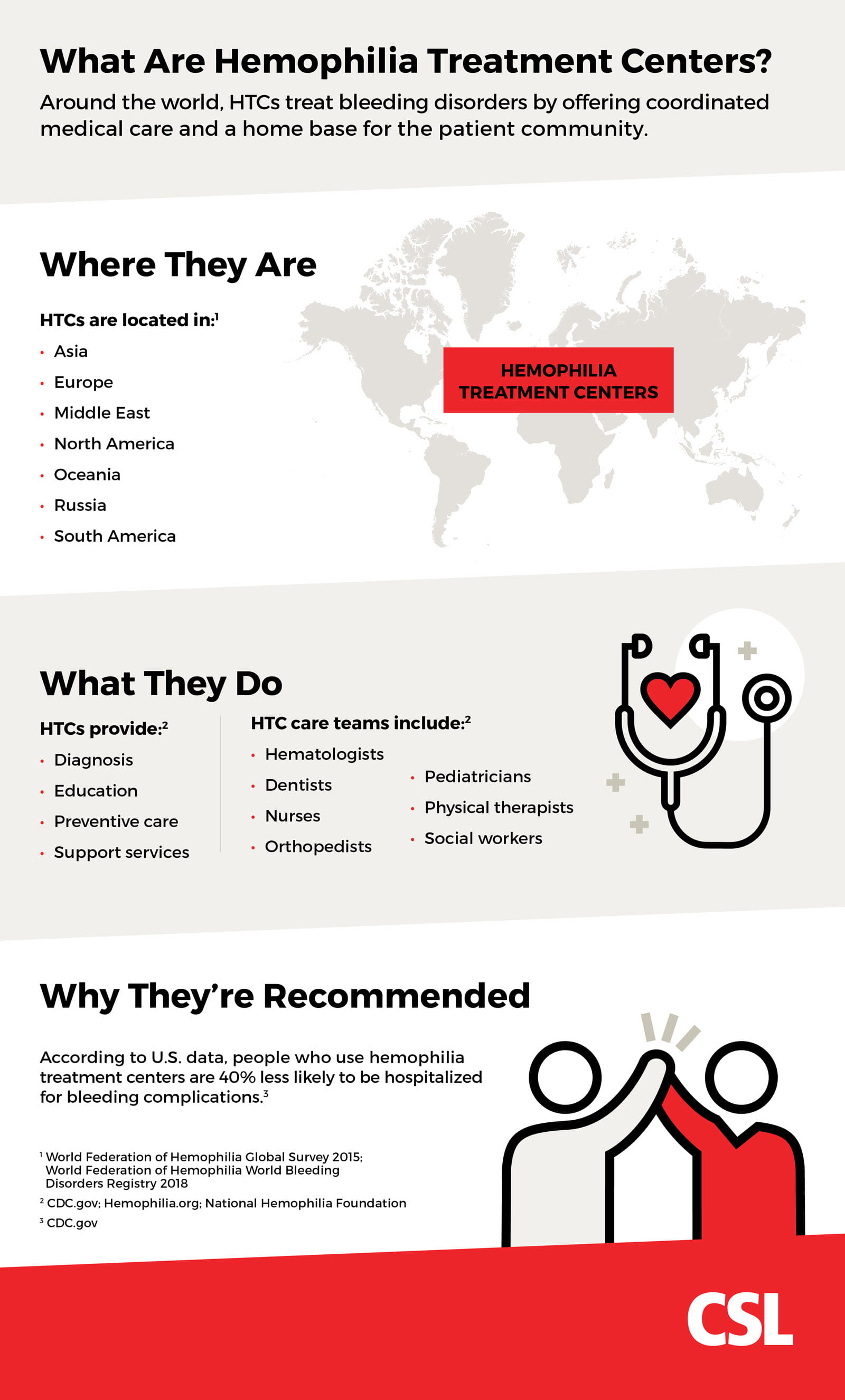
Do you know about HTCs? Hemophilia treatment centers (HTCs) have been established in the United States and around the world to offer holistic, coordinated care for people who have bleeding disorders.
A patient who has hemophilia, which means their blood does not clot as it should, is typically diagnosed when they’re very young. The disease, which varies in severity, requires a lifetime of care to prevent bleeding, joint damage and other problems. For someone who has hemophilia or a bleeding disorder such as von Willebrand Disease, an HTC can be a one-stop shop for their medical needs.
“The hemophilia treatment center is a multidisciplinary approach to caring for these patients,” said Dr. Shirley Abraham, Professor, Division Chief of Pediatric Hematology and Oncology at the University of New Mexico and Director of the Ted R. Montoya Hemophilia Treatment Center, the only federally funded HTC in New Mexico. “So, you won't be just meeting with or having that connection with a hematologist, but rather a group of people, which includes nurses, social workers, a physical therapist, a psychologist and genetic counselor.”
The global network of hemophilia treatment centers includes 141 federally funded treatment centers and programs in the United States, as well as HTCs in Africa, the Middle East, Europe, Asia and Oceania. According to studies by the U.S. Centers for Disease Control, people with hemophilia are 40% less likely to be hospitalized for bleeding complications if they use hemophilia treatment centers. In fact, a yearly visit to an HTC is No. 1 on a five-point list called “Do the 5!” created by the National Hemophilia Foundation along with the U.S. Centers for Disease Control.
Thanks to treatment advances, hemophilia has evolved into a manageable chronic condition. But both Hemophilia A and B remain complex diseases that require careful, consistent monitoring and healthcare. That’s where HTCs come in.
Centers for Evolving Care and Education
Abraham says that HTCs offer age-appropriate counselling and care, as each age group has individualized set of needs and concerns.
“The conversation will be much different with parents of an infant coming in for the first time versus a 40- or 50-year-old patient,” Abraham said. “Early on we’ll talk about how to identify early bleeding symptoms, safe ways to receive vaccinations, how to injury-proof cribs and homes, creating a safe play area and the importance of medical bracelets, for example. As a child grows, we’ll educate parents on what to do as the child starts cruising and walking and eventually how they can safely participate in sports. We’ll also teach the child how to self-infuse (clotting) factor.”
As patients age, they need help meeting the health-related challenges of getting older, including managing additional chronic conditions.
“Because patients are living longer and staying more physically active, we’re also helping them manage some late-in-life procedures like joint replacements,” Abraham said.
A Home Base for Care and Connection
HTCs naturally serve as an important source of data collection to learn more about these diseases. The centers also help patients learn about the latest treatments, like gene therapy. The mission of an HTC is to help people manage their bleeding disorder so that they can achieve and maintain their best possible quality of life.
“All patients with a bleeding disorder should be referred to an HTC,” she said. “I think it would be a disservice to a patient who was diagnosed by a hematologist or a primary care physician and not referred to or connected to an HTC, because then you are taking away that opportunity for them to get all these services.”


